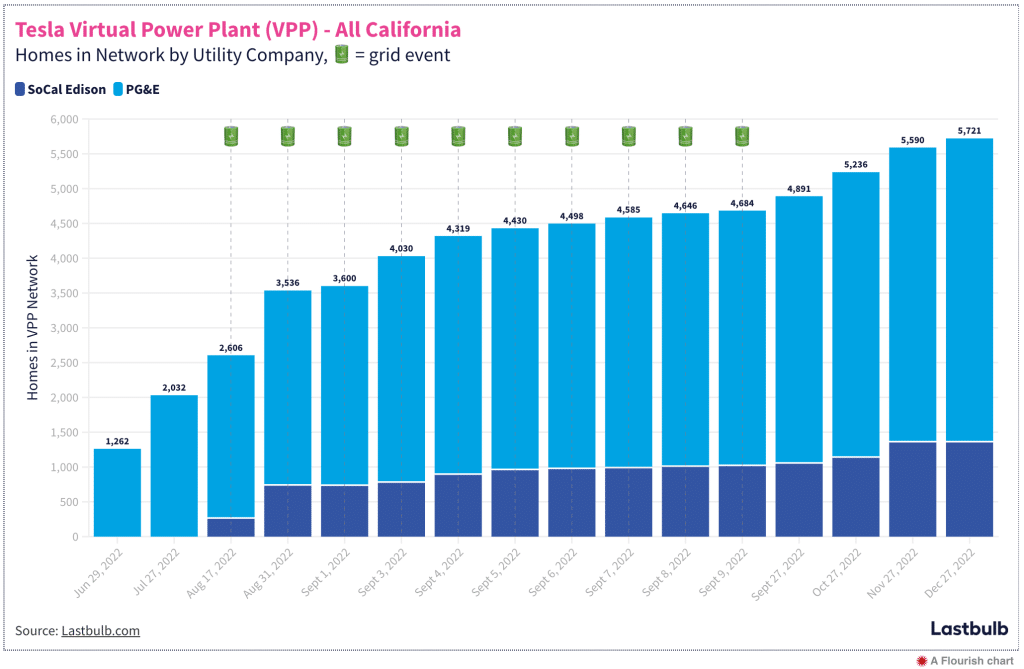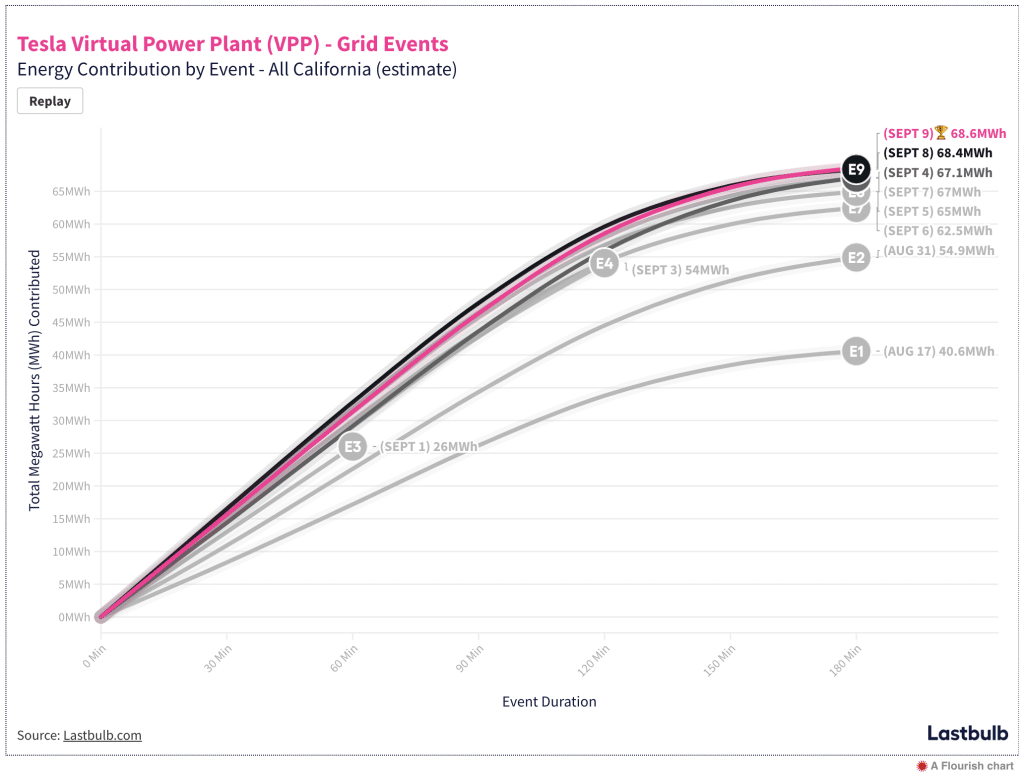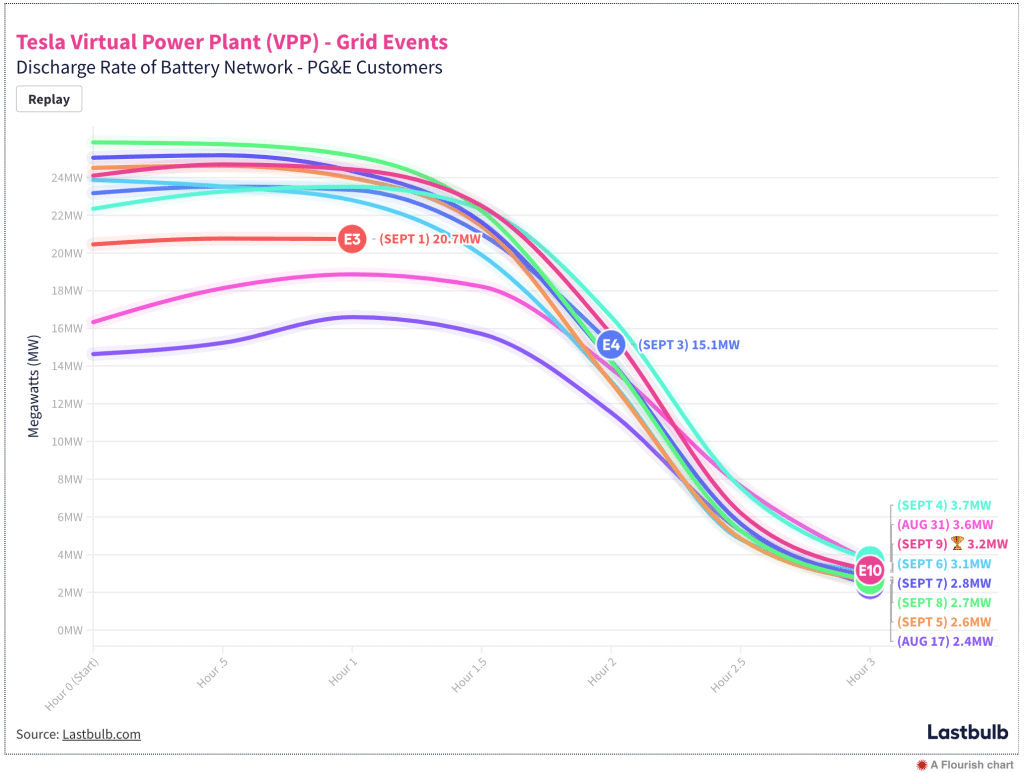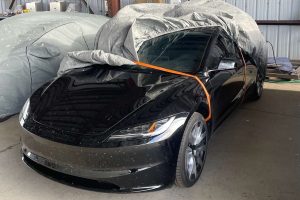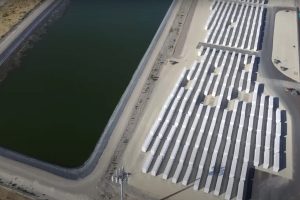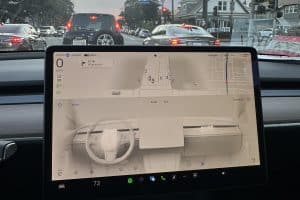Tesla’s California Virtual Power Plant (VPP) has been growing quietly in the background, and its growth since the middle of 2022 has been substantial. As per data tracked by the EV community, it would appear that the California VPP has grown to over 5,700 homes from both PG&E and SoCal Edison customers.
A virtual power plant allows multiple homes to band together as a way to support the grid when needed. In the case of the CA VPP, the system is comprised of homes that are equipped with Tesla Powerwall batteries and solar panels. During times when the grid needs support, the VPP could be tapped to provide energy.
As per an active tracker of the California Virtual Power Plant on LastBulb, there have been ten events between August 17, 2022 and September 9, 2022 where the system was tapped to support the grid. Overall, the tracker estimates that ~577 MWh was contributed by the system during grid events in 2022, which is quite impressive for a pilot program.
Overall, each home that took part during the grid events last year seemed to have contributed an average of ~15 kWh to the grid per event. This is quite manageable, especially if the grid events happened during times when a home’s Powerwall batteries were also storing energy from solar panels. Overall, LastBulb estimates that the system was able to provide ~84 MWh of potential backup energy per event.
It would be interesting to see just how much better the California Virtual Power Plant would perform in the next grid events. During the last tracked grid event on September 9, after all, the VPP was estimated to have been comprised of just 4,600 homes. By the end of the year, the system is estimated to have grown about 20% to 5,721 homes. With a larger fleet, Tesla’s California Virtual Power Plant could truly provide a meaningful amount of energy to support the state’s grid.
Following are some pertinent charts about the California VPP.
